How to Accept Purchase Orders on BigCommerce?
Founded in 2009, BigCommerce platform offers an incredible suite of features and functionality for their beloved clients. Progressively, it has become the prominent choice for eCommerce businesses of any size and stage of growth.
When using a BigCommerce store, order management is one of the first things you have to learn in order to control your online business seamlessly. Accepting purchase orders can help a business regain control of your revenue, streamline the process of requiring goods as well as service, and create a proactive spend culture that improves the bottom line.
An efficient purchase order system may grant employees and finance teams keeping tabs on pending purchases before any additional money is committed or spent. In this article, we will explain what purchase orders (PO) are, how it works, and How to accept purchase orders on BigCommerce that works perfectly for your demand.
What are the purchase orders?
You may be confused about what exactly the purchase order is. This simple question can be defined understandably like this. Purchase orders are documents sent from the shoppers to a supplier with a request for an order. Shortly, just think of it as a request to purchase the products or services being offered.
When a seller or a supplier/ vendor accepts a purchase order, a legally binding contract is formed between the two parties.
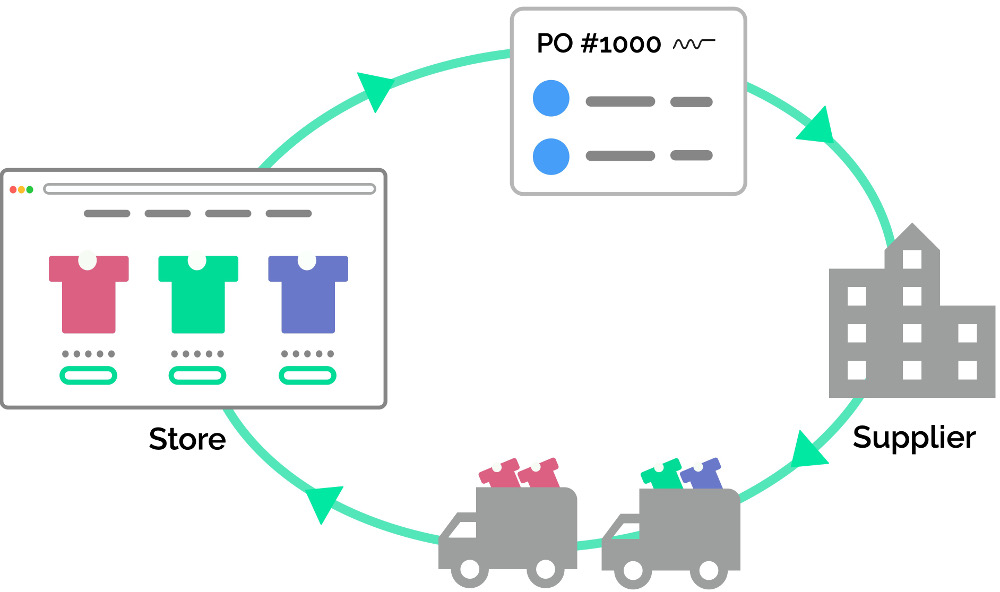
Though a purchase order contains few extra steps to the purchasing process, it helps to guarantee a smooth transaction between the buyers and the supplier. In addition, it can reduce the risks of fulfilling an incomplete or incorrect order. Therefore, these documents are the contractual proof between the two parties to clear and explicit communication of the buyer’s request to the seller.
Furthermore, suppose the buyer refuses payment upon delivery of a product or service. In that case, the seller is protected because, as mentioned earlier, the PO acts as a binding contract, indicating who will have to be responsible for breaking the rule.
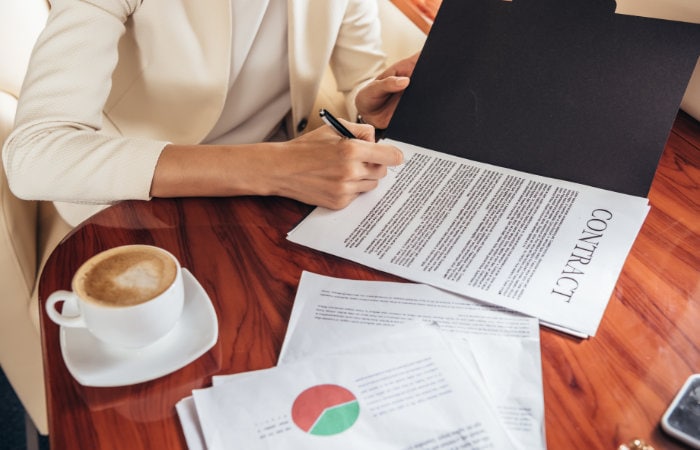
Lastly, some commercial lenders use purchase orders as a reference to provide financial assistance to an organization.
What it contain
The reader will be furious about what’s inside a purchase order?, so here is our answer for this. In the scope of online commerce, an outline of the specific purchase order sent to a merchant includes:
-
An order description
-
Quantity of items
-
A final price (often including a custom shipping quote)
-
Additional and customer-specific information (like customer number, PO number, account management, etc.)
-
Delivery location and date
-
Company billing address
-
Agreed payment terms
It somehow makes the seller easier to arrange with the customer to collect payment.
Give an example to illustrate
To illustrate the PO of it looks like, it is not such a better way than giving you a clear image of the purchase order when the seller receives it. Here is one example we would like to give you:
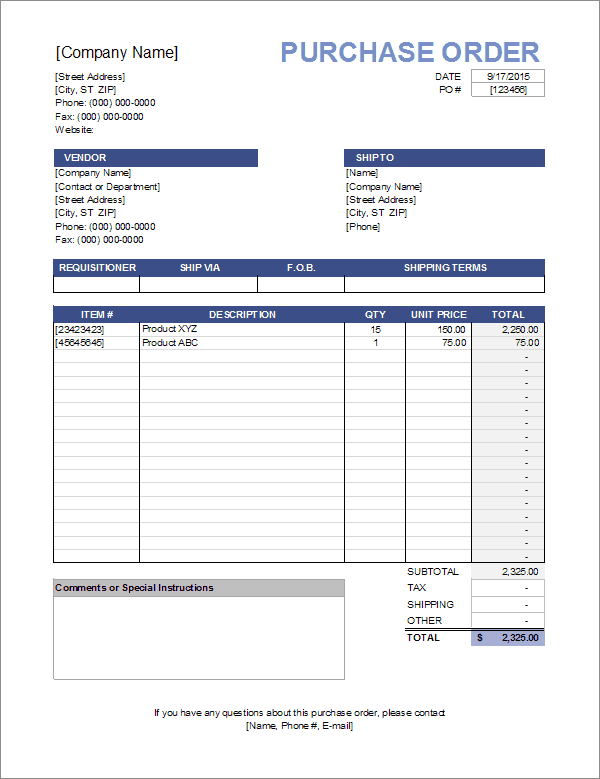
How the purchase orders work
In an attempt to streamline the purchase of a company, it is essential and organized for a PO to follow a strict step-by-step procedure or the purchase order process. We will explain meticulously who and what engages with this process in the scope of an organization.
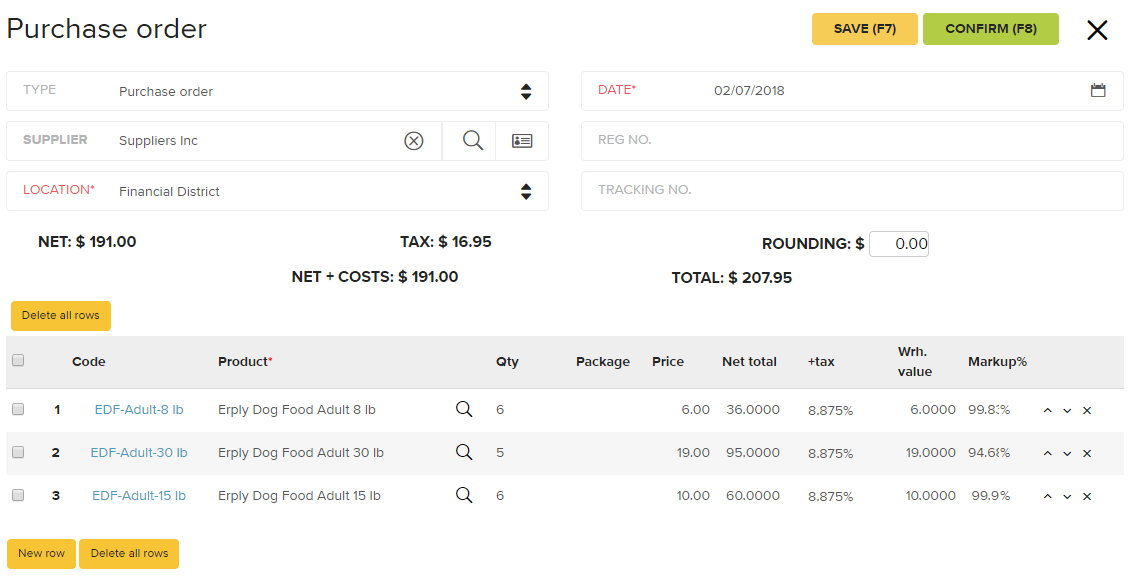
Who manages the PO?
The buyer is responsible for creating and delegating a purchase order. As for a large company, the procurement or purchasing department will normally be in charge of this work. Sometimes, a business owner, operations manager, or financial manager will issue the order stages in smaller companies.
It is crucial to note down that the role of purchasing and issuing the order can be a central purchaser in a specific team. For instant, in a software company, an office manager can make a purchase order.
Eventually, a person who is responsible for the buying comes down to “how” a company decides to set up its purchasing process.
Who approved the purchase orders?
Depending on how the purchasing process is managed in a business, one or many individuals together may approve the purchase orders. In large companies that have defined purchasing processes, purchase order approvals are typically relied on where it is located and which departments take over the work.
You would find it easier to be given an example to perceive, right?. Then, here it is for your needs. If a digital marketing manager in a software company requires an advertising budget, obviously, the order approval includes a marketing director and even a CFO (chief finance officer).
In a small-sized business, a CEO or CFO will be the final approval for any kind of spending, which results in approval bottlenecks.
Purchase order process
Up to the natural factors of the organization such as human resources, organizational structure, goods and services, industry, others; the PO is varied to add additionally necessary steps (quality check, budget approval, contractual agreement, etc.)
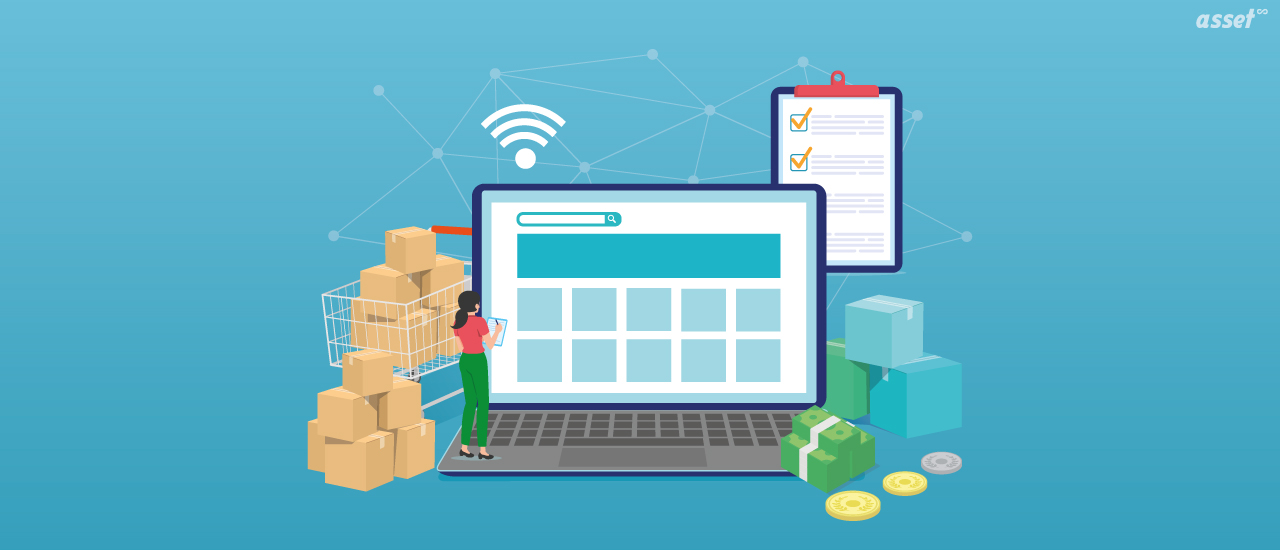
How to get purchase orders on BigCommerce
Step 1: Go to BigCommerce marketplace
First, you enter the “Apps” section to go directly to your marketplace.
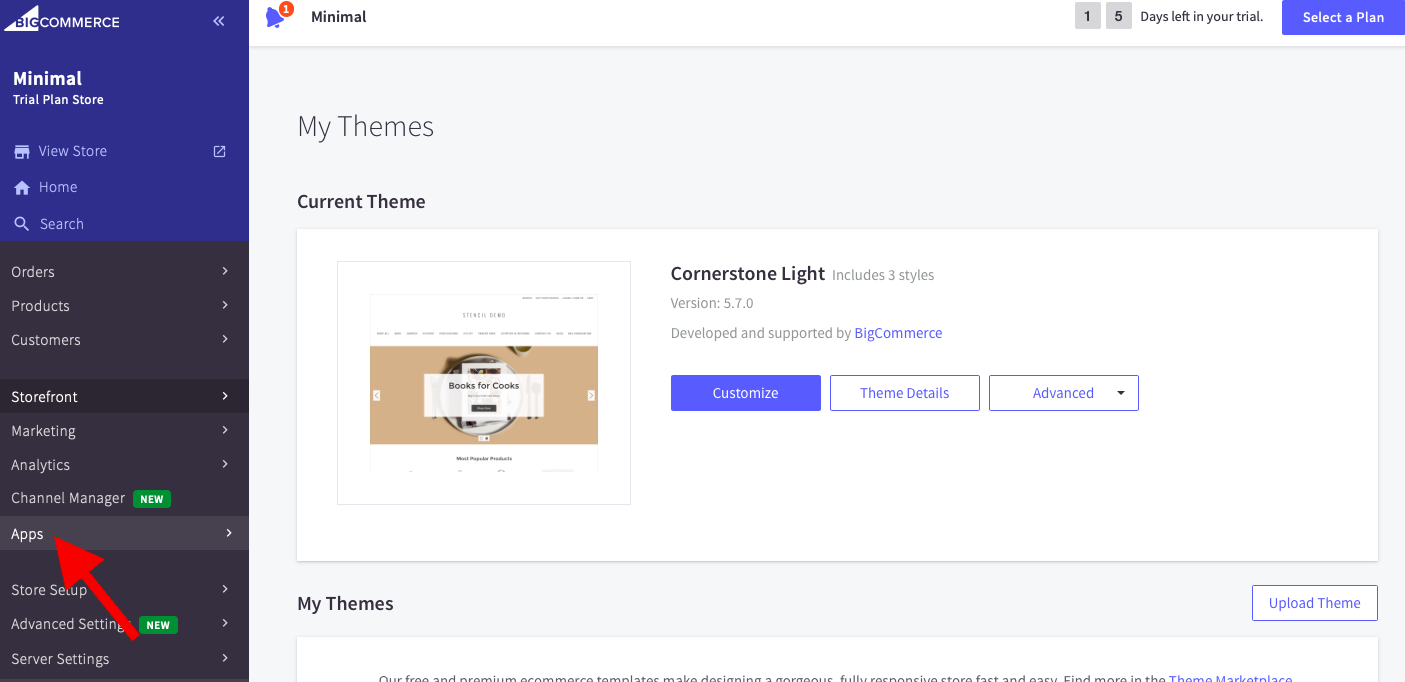
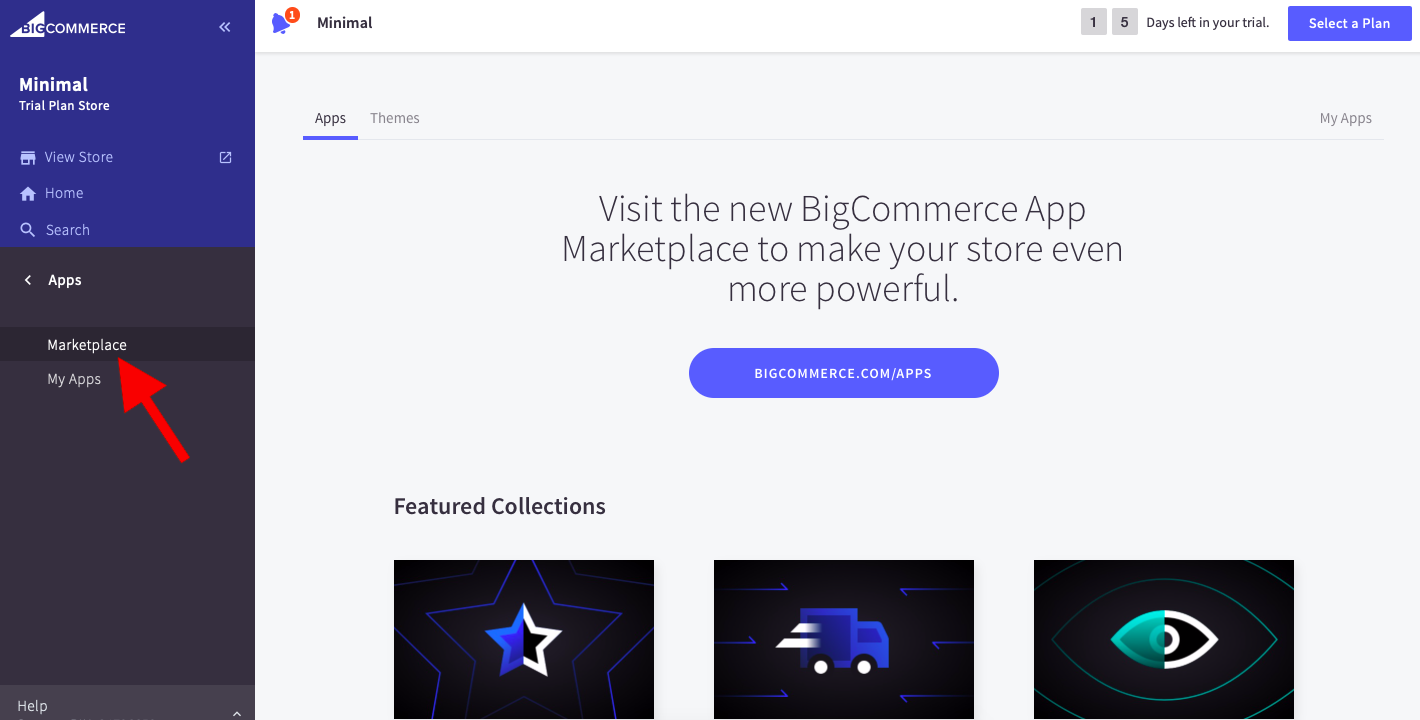
Here, you type the “purchase order” word to filter the apps relating to this keyword.
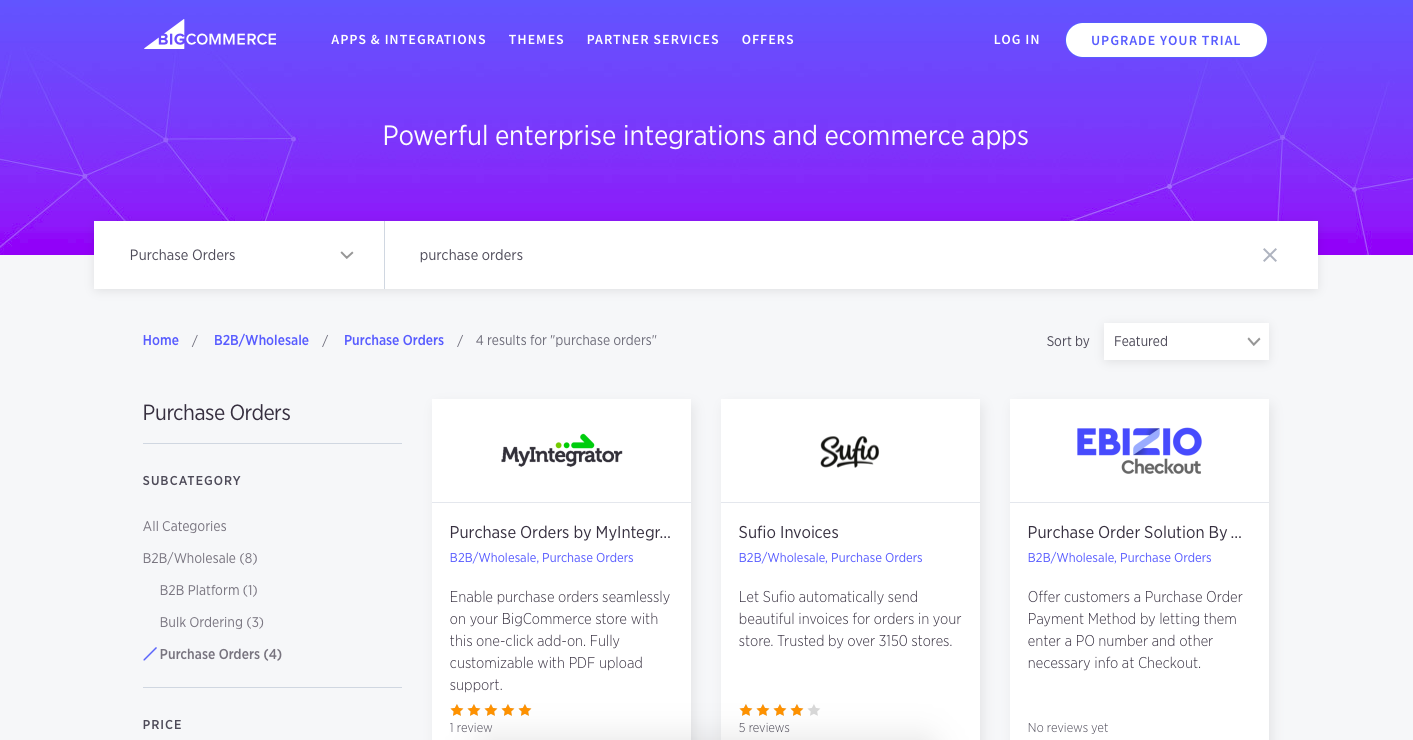
Step 2: Click on the apps about purchase orders you want
Read the instructions and the pricing carefully to make an appropriate decision matching your budget. Select “Get this app” to start connecting.
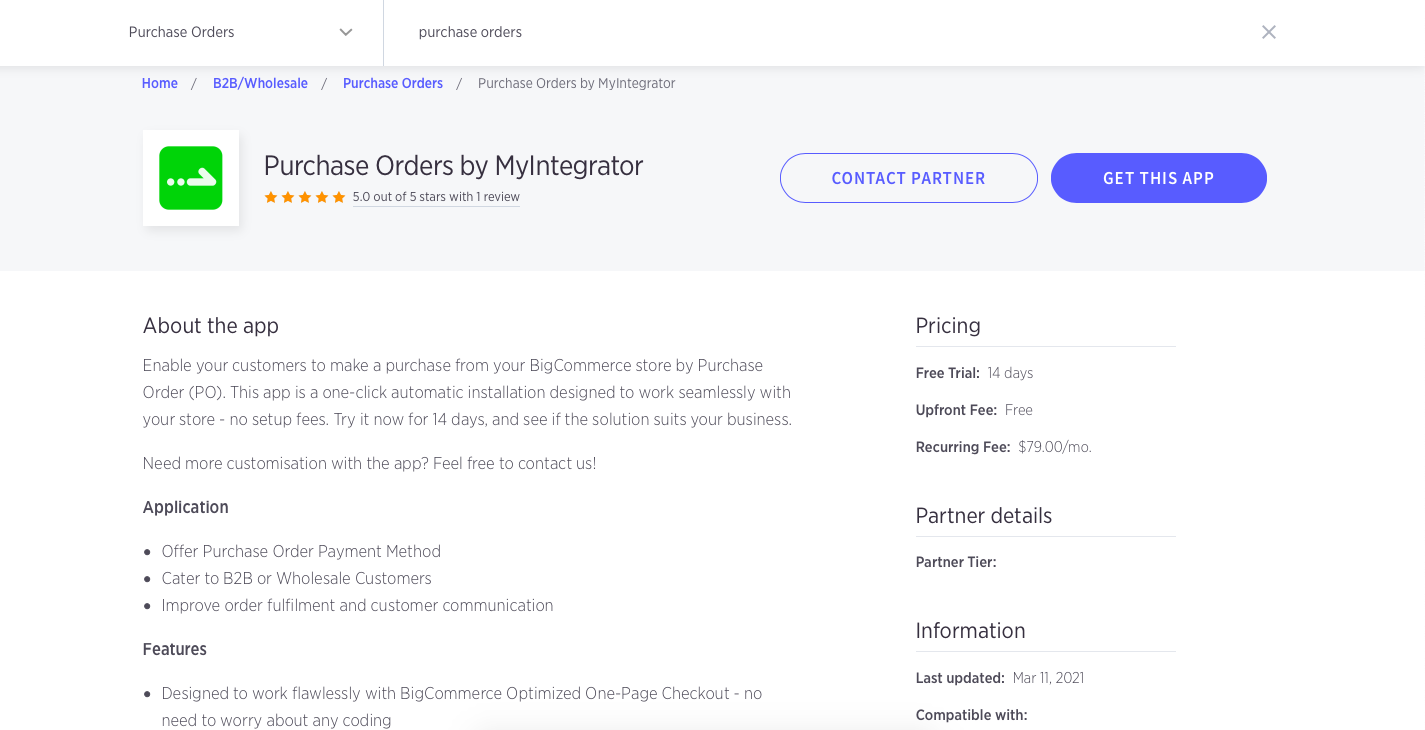
Step 3: After installation, fill in information
Here is one example of installing, you need to choose the payment gateway, the PDF loading, and so on in the general setting like below.
Select “save changes” if you complete filling in.
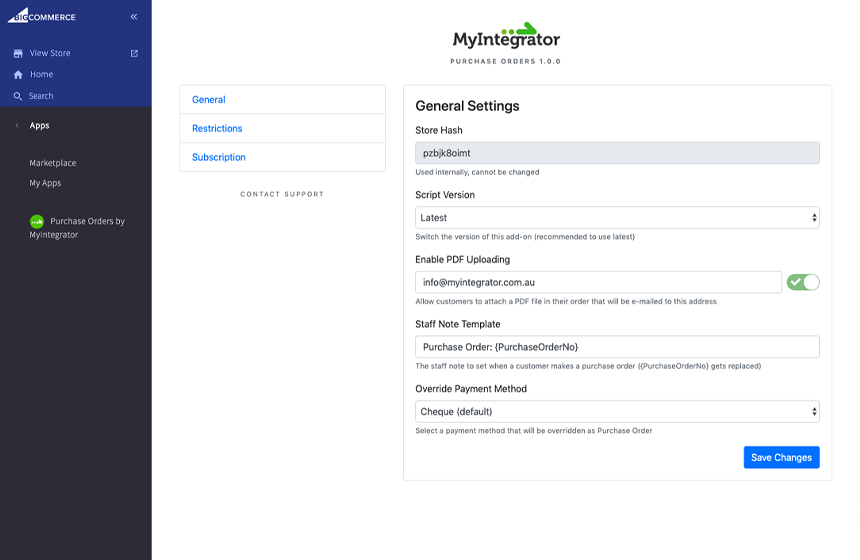
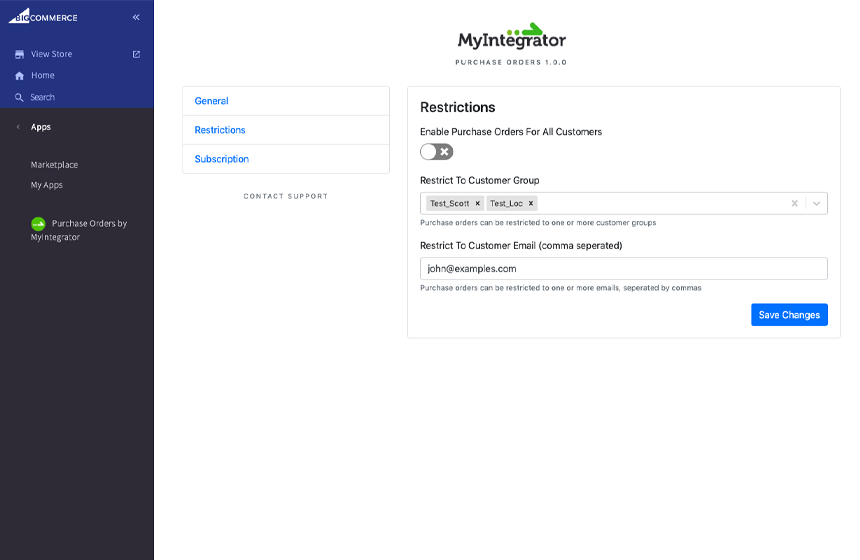
The pros and cons of purchase orders
The advantages of using the purchase order:
-
Avoid duplicate orders
-
Avoid surprise invoices
-
Track incoming orders
-
Catch unexpected pricing increases
-
Improve financial and inventory accuracy
-
Comply with auditing requirements
-
Get better with budgeting, as funds must always be available before a PO is approved
-
Improve (and even speed up) delivery times, as POs help to schedule delivery for whenever the buyer needs it
-
Ensure clear communication with vendors
-
An approval of a legally binding documentation
On the other hand, you had better assess your company’s specific needs before introducing a purchase order system. If you come to a decision, there are administrative downsides when using POs you need to consider thoroughly one more time.
The drawbacks of using the purchase order:
-
POs create additional paperwork, which can be annoying for smaller purchases and time-consuming for threshold teams
-
Despite the fact that the PO doesn’t act as a legal contract between the vendor and the supplier, it does help to record the inventory and the documenting order (In case a company uses credit cards for buying, POs can facilitate the credit card reconciliation process for the accounting team).
Final words
After an interesting journey from the beginning of the article until now, we went through the fundamental information about the purchase orders (POs) and the most important part - How to accept purchase orders on BigCommerce stores. With the list of all the benefits you can get after having the purchase order for your purchase order, your customers can trust your store more than when you did not have.
The purchase process definitely makes your store look much more professional and guaranteed; the order stages happen seamlessly and clearly without confusing information during the order is accepted and processed. Therefore, don’t hesitate and have a PO for your store right now, it makes sure you will not be disappointed experiencing it afterward!





